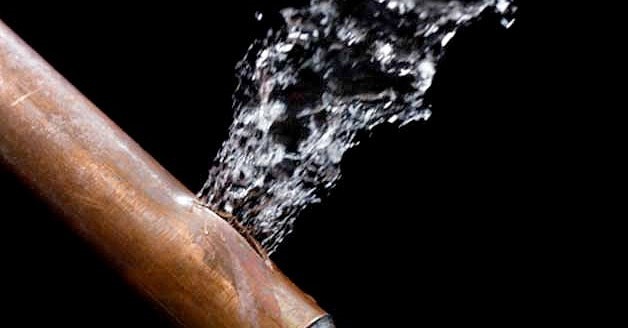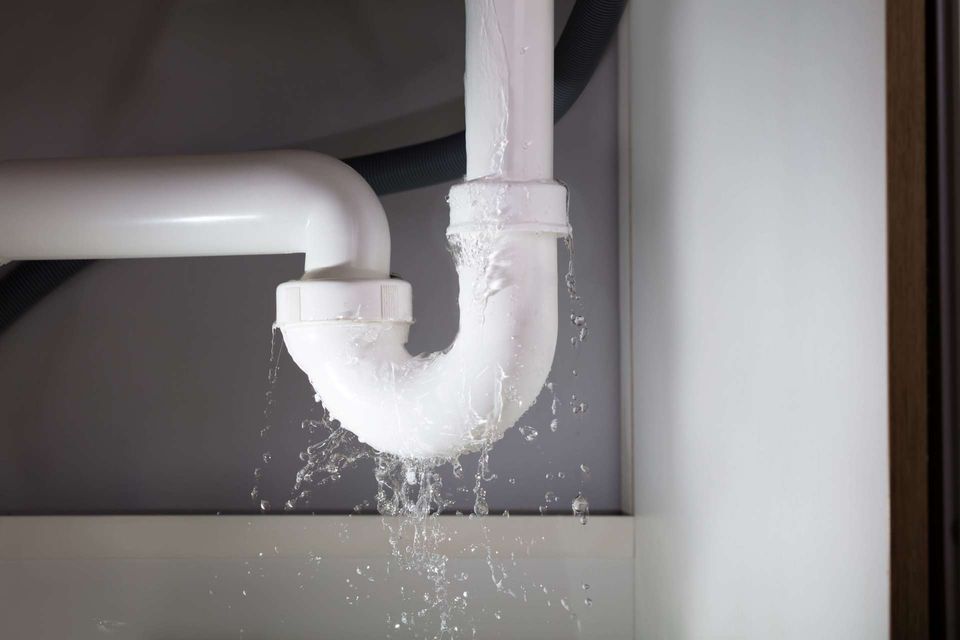Every person is bound to have his or her own way of thinking in relation to Leaking water lines.

Early discovery of leaking water lines can mitigate a potential catastrophe. Some tiny water leakages may not be noticeable.
1. Analyze the Water Meter
Inspecting it is a proven method that assists you discover leaks. If it relocates, that indicates a fast-moving leakage. This indicates you might have a sluggish leakage that could also be below ground.
2. Examine Water Intake
Analyze your water costs as well as track your water intake. As the one paying it, you need to notice if there are any inconsistencies. If you find sudden changes, in spite of your consumption being the same, it indicates that you have leaks in your plumbing system. Bear in mind, your water costs ought to fall under the very same variety each month. An unexpected spike in your expense indicates a fast-moving leak.
A consistent rise every month, also with the very same habits, shows you have a slow-moving leak that's also gradually intensifying. Call a plumber to extensively check your residential property, particularly if you really feel a cozy area on your flooring with piping underneath.
3. Do a Food Coloring Examination
When it comes to water usage, 30% comes from commodes. If the shade in some way infiltrates your dish throughout that time without flushing, there's a leak between the storage tank and bowl.
4. Asses Outside Lines
Do not neglect to examine your exterior water lines also. Examination faucets by attaching a yard tube. Must water seep out of the link, you have a loose rubber gasket. Change this and ensure all connections are limited. It will assist obtain it skillfully checked out and also kept every year if you have actually got a sprinkler system. One tiny leakage can lose tons of water as well as surge your water bill.
5. Evaluate the circumstance and examine
House owners need to make it a behavior to examine under the sink counters as well as also inside cabinets for any type of bad odor or mold and mildew development. These two red flags indicate a leak so punctual attention is needed. Doing routine inspections, even bi-annually, can conserve you from a major issue.
Inspect for stainings and deteriorating as the majority of pipelines and devices have a life expectancy. If you believe leaking water lines in your plumbing system, do not wait for it to intensify.
Early detection of leaking water lines can alleviate a possible catastrophe. Some small water leaks may not be noticeable. Checking it is a guaranteed method that assists you uncover leaks. One tiny leak can throw away bunches of water and spike your water bill.
If you think leaking water lines in your plumbing system, do not wait for it to escalate.
How to Know If Your Home Has a Hidden Leak
Water Meter Reveals Inexplicable Water Usage
If you’d like to test whether or not there’s a leak somewhere in your home, you can do this using your water meter. Here is how to conduct the test:
Don’t use any water in your home for at least 30 minutes; this also means not turning on faucets or water-using appliances.
Go outside, and check your water meter for activity.
If your water meter shows that there was activity, even though no one was using any water, this proves that there is a leak in your home.Visible Mold or Mildew Growth
Leaks behind walls create moist, dark environments that allow mold and mildew to grow and thrive. Eventually, you might see mold growth forming on the wall closest to a hidden leak.
If mold is growing in an area that receives a high amount of moisture, such as a bathroom, it may simply be an indication that better ventilation is needed. However, if you see mold growth on a wall or the ceiling in an area where you would not expect, you probably have a hidden leak.
Musty, Mildew Odor
Sometimes you might not be able to see the mold or mildew that is growing as a result of a leak. However, the smell can give the problem away just as easily. If you catch a whiff of something musty, there’s a good chance that old water is collecting somewhere in your home that you can’t see.
Stained/Warped Walls, Ceilings, or Floors
When your home soaks up water, a variety of red flags can become visible, including ceiling stains, bubbling drywall, warped walls, and sagging floors. While these issues can be caused by excess humidity, they can also be signs that a pipe or plumbing connection has started leaking behind your walls.
Inexplicably High Water Bill
After a while, you get a general sense for what your water bill should be. If you own a pool or sprinkler system, your bill will tend to be higher during summer. However, if you receive a water bill that seems especially high, and you can’t figure out what caused it, then you may have a hidden leak somewhere that’s increasing your bill.
https://www.plumbingjoint.com/blog/2019/july/how-to-know-if-your-home-has-a-hidden-leak/

We hope you enjoyed reading our article on Finding hidden leaks. Thanks for taking time to read our short article. Feel free to take the time to promote this blog post if you enjoyed it. Thank you for your time. Kindly check our blog back soon.
Pricing